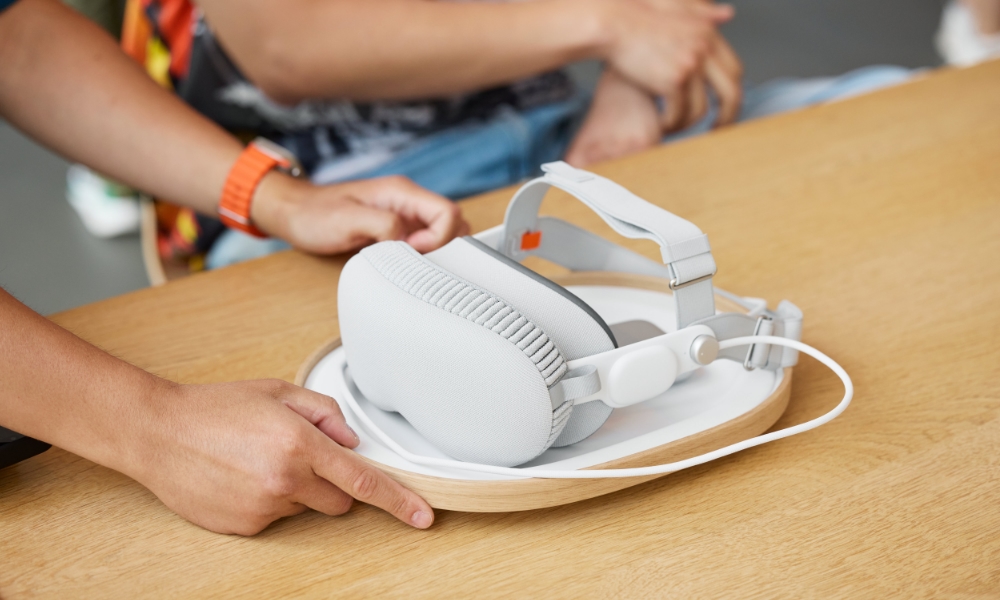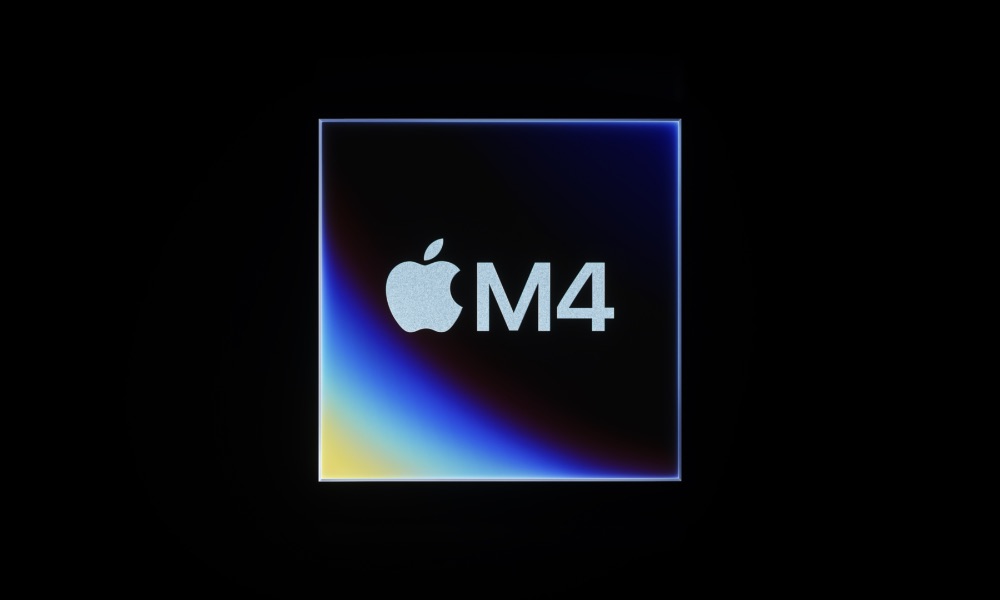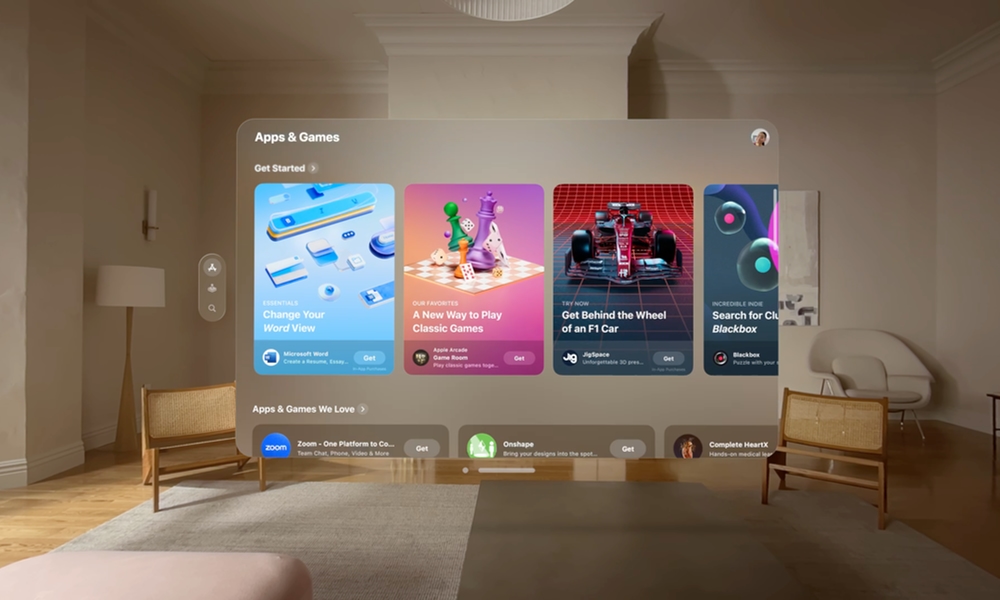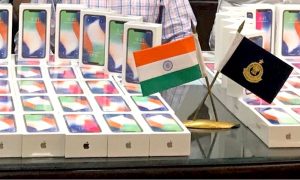Next Vision Pro Expected to Pack in an M5 Chip with Apple Intelligence Support

Although Apple has reportedly de-prioritized the next-generation Vision Pro to focus on a more affordable model, that doesn’t mean a “Vision Pro 2” isn’t still in the works. A new analyst report has given us more ideas on what that might look like.
According to a Medium post by Ming-Chi Kuo, the next Vision Pro could go into production as soon as late 2025, and while the design isn’t expected to change much, Apple is reportedly planning a big leap ahead in the silicon that will power its next flagship spatial computing headset.
The current Vision Pro debuted with an M2 chip inside, which, although current at the time, was nearing the end of its life cycle. Only a few months after the Vision Pro’s unveiling at Apple’s 2023 Worldwide Developers Conference (WWDC) in June, Apple released its first M3-powered Macs during an October event.
Since the Vision Pro didn’t land in stores until February, that put it a generation behind in the Apple silicon chips that powered it. Only four weeks after it went on sale, Apple expanded the M3 to its most affordable MacBook Air lineup, and by May, it was announcing a new iPad Pro lineup powered by an even more advanced M4 chip.
If Kuo’s information is accurate, Apple plans to make sure the next-gen Vision Pro is at least on the curve, if not a bit ahead of it. The Vision Pro 2 will be powered by an as-yet-unannounced M5 chip, “to significantly improve computing power and ensure the best Apple Intelligence user experience.”

Apple is expected to launch its first M4-powered Macs at an event next month, and continue rolling out the M4 to the rest of its Mac lineup early next year. The M5 would likely follow for a fall 2025 Mac lineup, although it’s less clear if Apple might toss us another curveball by bringing it to a new iPad Pro first, or if this year’s model was unique in that regard.
However, the new chip is expected to be the biggest change, as Kuo adds that there won’t be any significant improvements in other specs, and the design will remain largely the same. The good news is that Kuo believes that will help lower the production costs and may allow Apple to sell the Vision Pro at a more accessible price.
Kuo believes the key selling point for the “Vision Pro 2” will be Apple Intelligence, which he expects Apple will use not merely to allow wearers to talk to Siri and create cute emojis but also to make the “human-machine user interface […] more intuitive and efficient.”

Since it’s powered by an M2 chip, the current Vision Pro is capable of supporting Apple Intelligence, but Apple has yet to announce any plans to bring its suite of AI features to the headset. Some code references have been found in visionOS that suggest Apple is at least exploring the possibility, but it clearly has its hands full with getting Apple Intelligence ready for the iPhone right now.
Even if Apple Intelligence comes to the current model in visionOS, Apple could have bigger plans for the M5-powered headset. This headset could take advantage of extra processing power to deliver even more advanced AI-powered experiences. Kuo points to something like OpenAI’s Sora, which delivers text-to-video capabilities that would be particularly impressive on a mixed-reality headset.
Meanwhile, Apple is continuing work on a more affordable “Vision” headset that’s expected to arrive by the end of next year. This model will cut a few corners, likely using lower-resolution displays and possibly cutting back on features like direct spatial video and photo capture since those can now be accomplished with Apple’s latest iPhone models.










